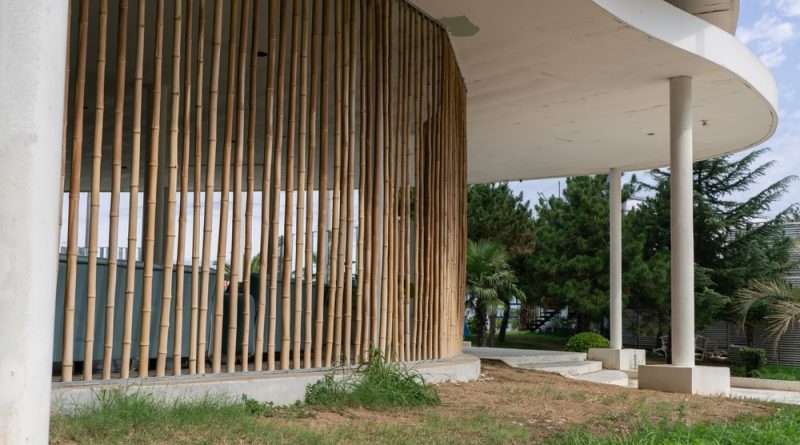In the realm of construction, a wide array of materials is utilized to create structures that are not only aesthetically pleasing but also structurally sound. From traditional materials like wood and stone to modern innovations such as composites and nanomaterials, the construction industry has witnessed a remarkable evolution. In this blog post, we will delve into the different types of materials used in construction, highlighting their unique properties, applications, and the impact they have on the built environment.
- Concrete: The Versatile Foundation
Concrete, a composite material composed of cement, aggregates, and water, is the backbone of modern construction. Its versatility, durability, and cost-effectiveness make it the material of choice for foundations, walls, and pavements. We will explore the various types of concrete, including reinforced and precast concrete, and discuss their advantages and applications. - Steel: Strength and Flexibility
Steel, renowned for its exceptional strength and flexibility, plays a crucial role in constructing high-rise buildings, bridges, and infrastructure. We will delve into the different types of steel used in construction, such as structural steel and reinforcing steel, and examine their properties, fabrication techniques, and sustainability aspects. - Wood: A Timeless Classic
Wood, a natural and renewable material, has been used in construction for centuries. Its warmth, versatility, and aesthetic appeal make it a popular choice for residential and commercial projects. We will explore the various types of wood, including hardwood and softwood, and discuss their characteristics, applications, and sustainability considerations. - Masonry: Building with Bricks and Blocks
Masonry, the art of building structures using individual units such as bricks, stones, or concrete blocks, has stood the test of time. We will delve into the different types of masonry materials, their properties, and the techniques employed in their construction. Additionally, we will discuss the advantages of masonry, such as fire resistance and thermal insulation. - Composites: The Future of Construction
Composites, engineered materials made by combining two or more constituent materials, offer unique properties that surpass those of individual components. We will explore the various types of composites used in construction, such as fiber-reinforced polymers (FRPs) and carbon fiber composites, and discuss their applications, benefits, and challenges. - Sustainable Materials: Building for the Future
With a growing emphasis on sustainability, the construction industry is embracing eco-friendly materials. We will explore sustainable alternatives such as bamboo, recycled materials, and green concrete, discussing their environmental benefits, performance characteristics, and the role they play in reducing the carbon footprint of construction projects.
Conclusion:
The world of construction materials is vast and ever-evolving. From traditional materials like concrete and steel to innovative composites and sustainable alternatives, each material brings its unique set of properties and applications. By understanding the diverse range of materials available, architects, engineers, and builders can make informed decisions that result in structurally sound, aesthetically pleasing, and sustainable structures.


